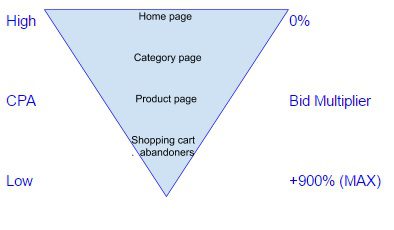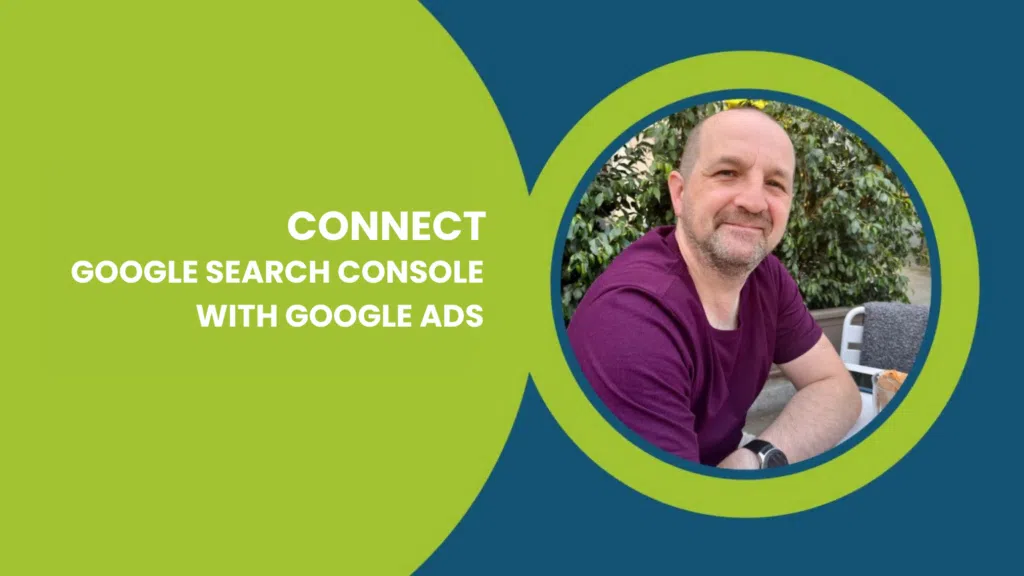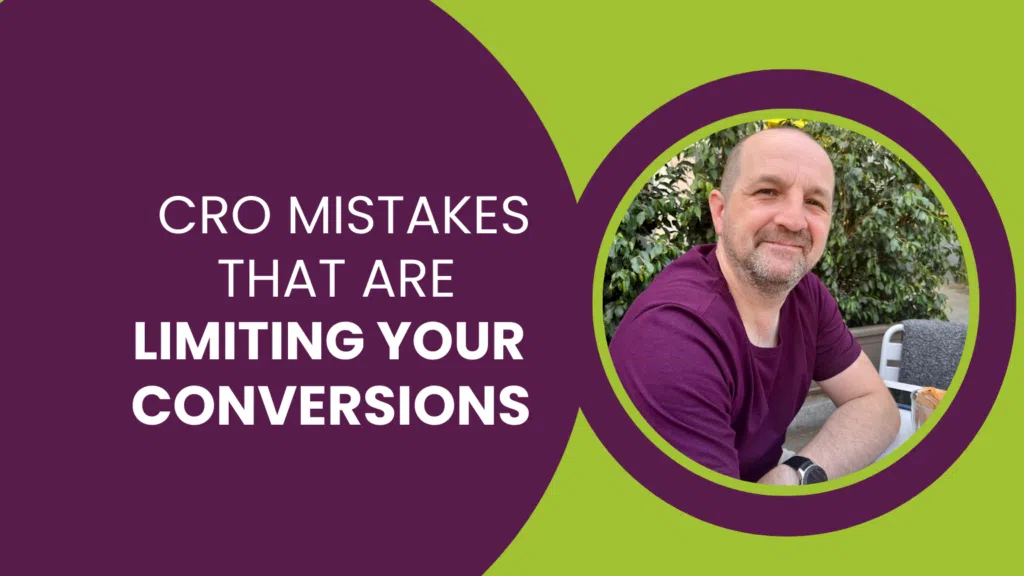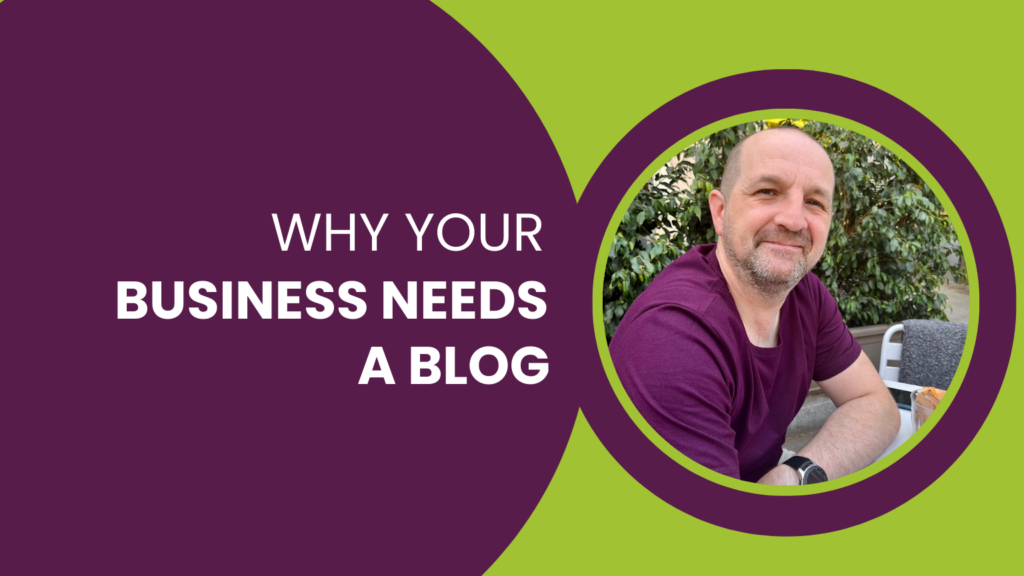Remarketing Lists for Search Ads (RLSA).
RLSA means you can target your search ads to people who have previously visited your site, and customise your bids and ads to these visitors when they search for your terms.
How does it work?
Well, we already know that visitors often leave a website without converting or abandon their shopping carts on their first visit to the site. They also tend to visit other websites before making a purchase. RLSA gives us a chance to go after these visitors and convert them to customers.
On average, we see a drop in 53% CPA (cost per acquisition) and a 10% increase in conversion when using RLSA.
Best practice for RLSA
Applying your data:
To start with, you will need to apply your data, you need to do this by deploying the Google remarketing tags across your entire website. It is important to do this, so that you will capture all of your target audience data. The easiest way to do this is by using Google tag manager.
Applying RLSA to the entire account:
Once you have implemented your Google tags, it will create a target audience for you. You need to apply this audience to all of your campaigns, in order to be able to compare the performance of the returned search visitors to your total visitors. This will allow you to better optimise your campaigns, without updating your ads or bids. This means that the audience built needs to be linked with your entire account. So, that you will begin to see if your returning visitors are driving more of a performance. If so, this will increase the CPC (Cost Per Click) and the CTR (Click Through Rate).
When selecting bids on Google AdWords – select ‘bid only’. This tells AdWords that you only want to change the bids of those who have previously visited your website and therefore are more likely to convert.
The key to audience reporting is to compare ‘all audiences’ with the ‘total search.’
Segmenting your audience:
It is important to build basic groups to start off with such as:

(These groups will depend on your business.)
If you have to have specific groups you may not have enough people in the group to get enough data – this is why it’s better to stick to basic audience groups.
You do not need to install the Google remarketing tab on your site, you can use the Google Analytics tags that are already on your site. Google Analytics can be used to define your audience list.
Smartlists: These harness the power of machine learning algorithms to identify non-converting visitors who behave most similarly to converters.
Source: Change marketing depending on how users visit your site.
Site Behaviour: This is to do with measures such as visitor time on site and the number of pages visited to identify your most engaged visitors.
Behaviour Across Visits: Leverage GA’s user-level data to identify users who have acted a specific way across site visits (e.g. total purchase value and frequency of visits).
CRM: Import and create audience lists based on your own CRM data (e.g. airline creates a list of a silver-level loyalty programme).Learn AdWords with a Pro
Bid Adjustment – Prioritising Your Audience
Think of your users as users that go through a sales funnel:

It’s best to increase the bids of the shopping cart abandoners, as they are more likely to return to your site and make a purchase rather than for home page users. Therefore, the CPA for shopping cart abandoners is expected to be lower. This is to make sure your investment in Google search is spent correctly where they are most likely to result in conversions.
What ‘Bid Only’ Means For RLSA:
‘Bid only’ for RLSA means that you will be targeting the same keywords with search, but adjusting bids for users who have already been to your site and are searching for your keywords again.
‘‘Bid only’ is the easiest way to start with RLSA’.
Targeting bids does exactly the same as ‘bid only’; the only difference is that it also allows you to create new text ads and create messaging for users that are on your audience list. The problem with targeting bids is that it is more time-consuming. This is why it is more beneficial to carry out after you have done the ‘bid only’ adjustments, because it may not be worth all the extra time and effort.
Expanding Coverage:
‘Grow your audience by expanding your coverage using RLSA’
RLSA Allows you to expand your keyword set and bid for keywords that you were previously unprofitable for. Expanding your coverage becomes more possible now that you better understand the user’s intent. This is because you have an added layer of intelligence associated with your campaigns. Combing users intent on search with your audience list is a very powerful combination.
‘Expanding to broader keywords’:
By expanding to broader keywords you will be:
– Pursuing broader traffic, knowing that its pre-qualified.
– Targeting customers that will already be familiar with your brand.
– Competing more in places that you couldn’t compete with before.
– Increasing volume in a targeted and strategic way.
The true power of RLSA:
By adding these new keywords and increasing your bids for your audience lists you increase your ad impressions. This means you’re more visible on Google and these ads are more targeted and tailored to the lower funnel listers on your site (the shopping cart abandoners). This means that we expect an increase in clicks. We also expect an increase in conversion rates and volume because we are going after an audience that is lower down the funnel so RLSA allows you to have more search impressions and more clicks, but crucially – more conversions.
Key takeaway:
So make search ads on Google are more effective by leveraging remarketing lists for search engines data layering your bids your creatives and keywords to better position and get more clicks and conversion for your desired audience, use reporting and bid adjustments to optimise these results for your audience lists.
What you need to remember:
RLSA
1 s 180 list length Try a broad list, then optimise
2 > 1,000 users per list Scale across accounts for impact
3 Test in large companies Experiment with new keywords.







